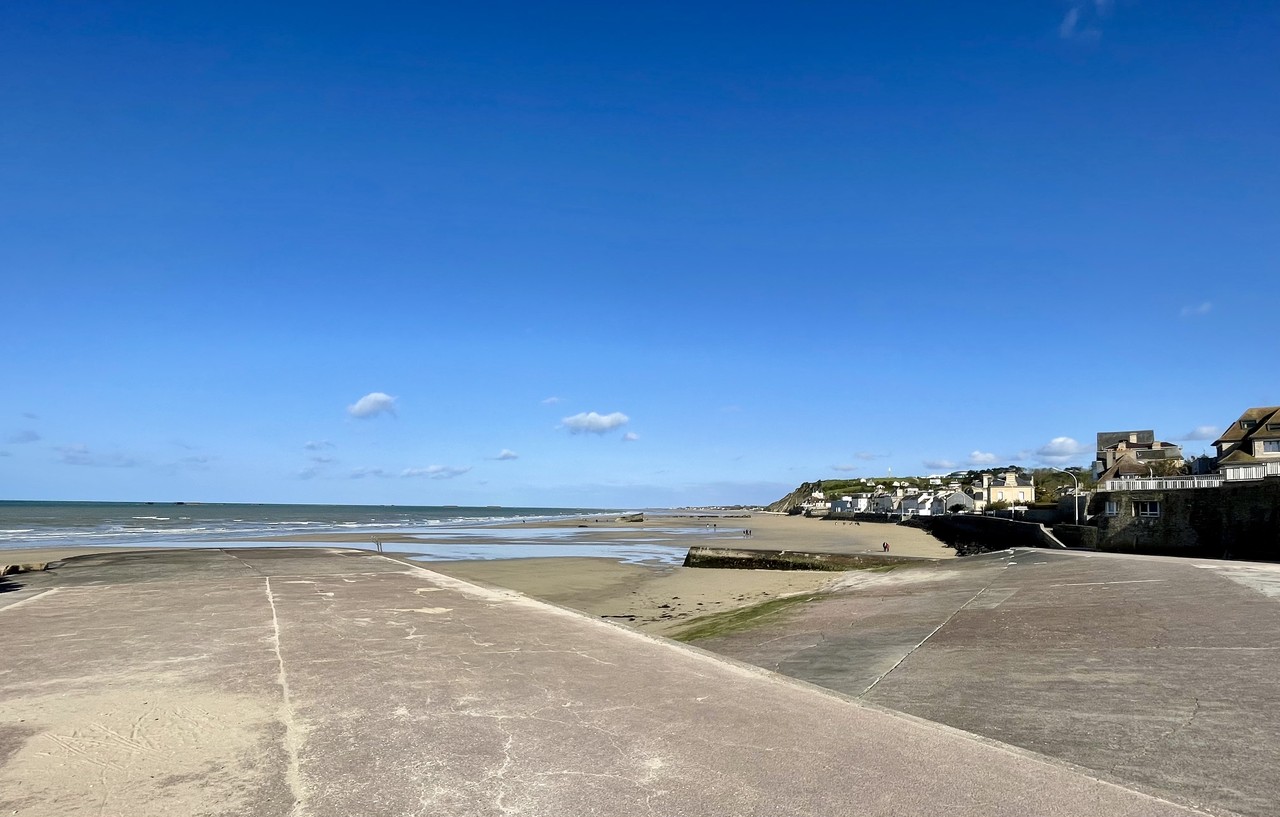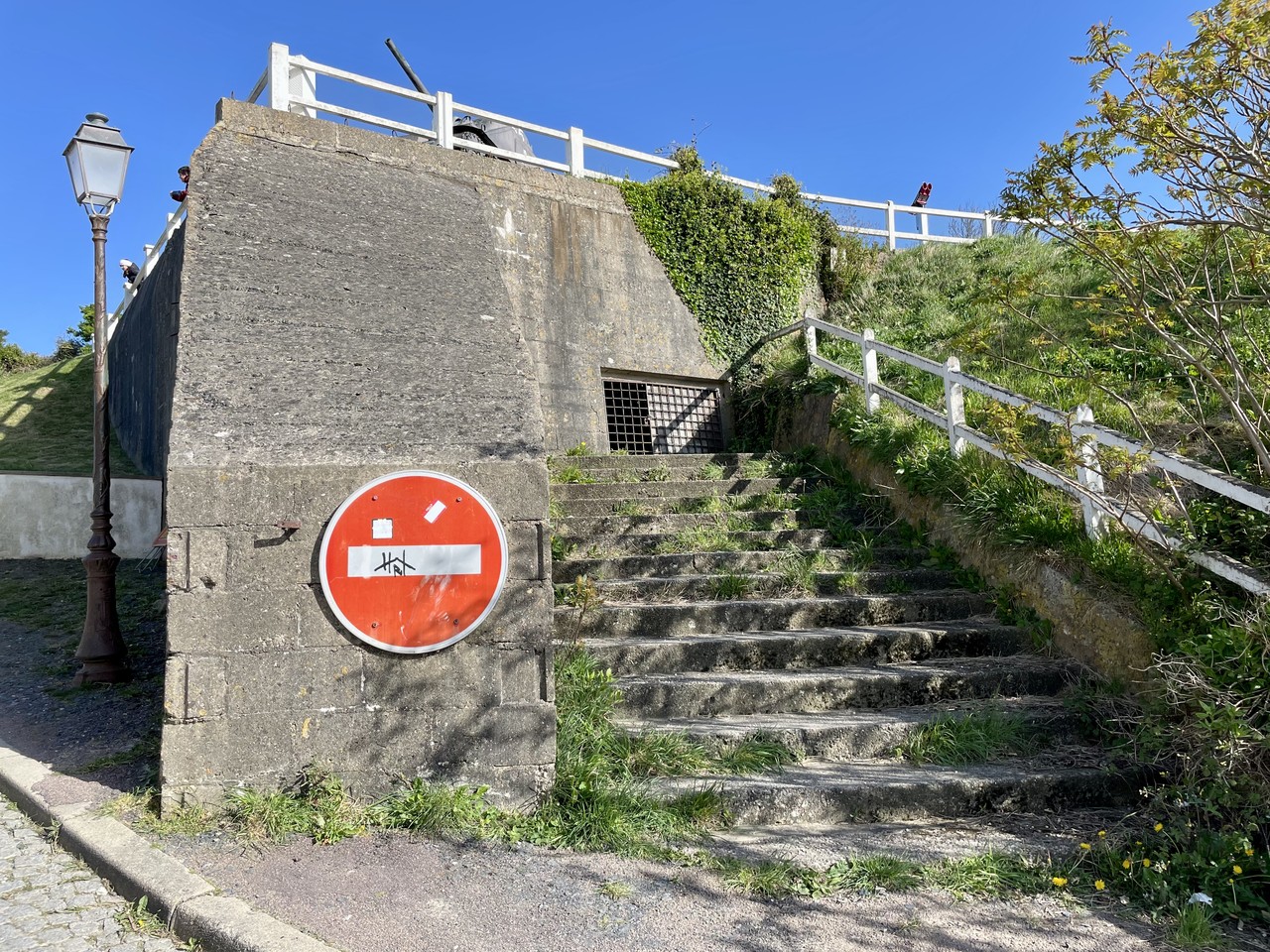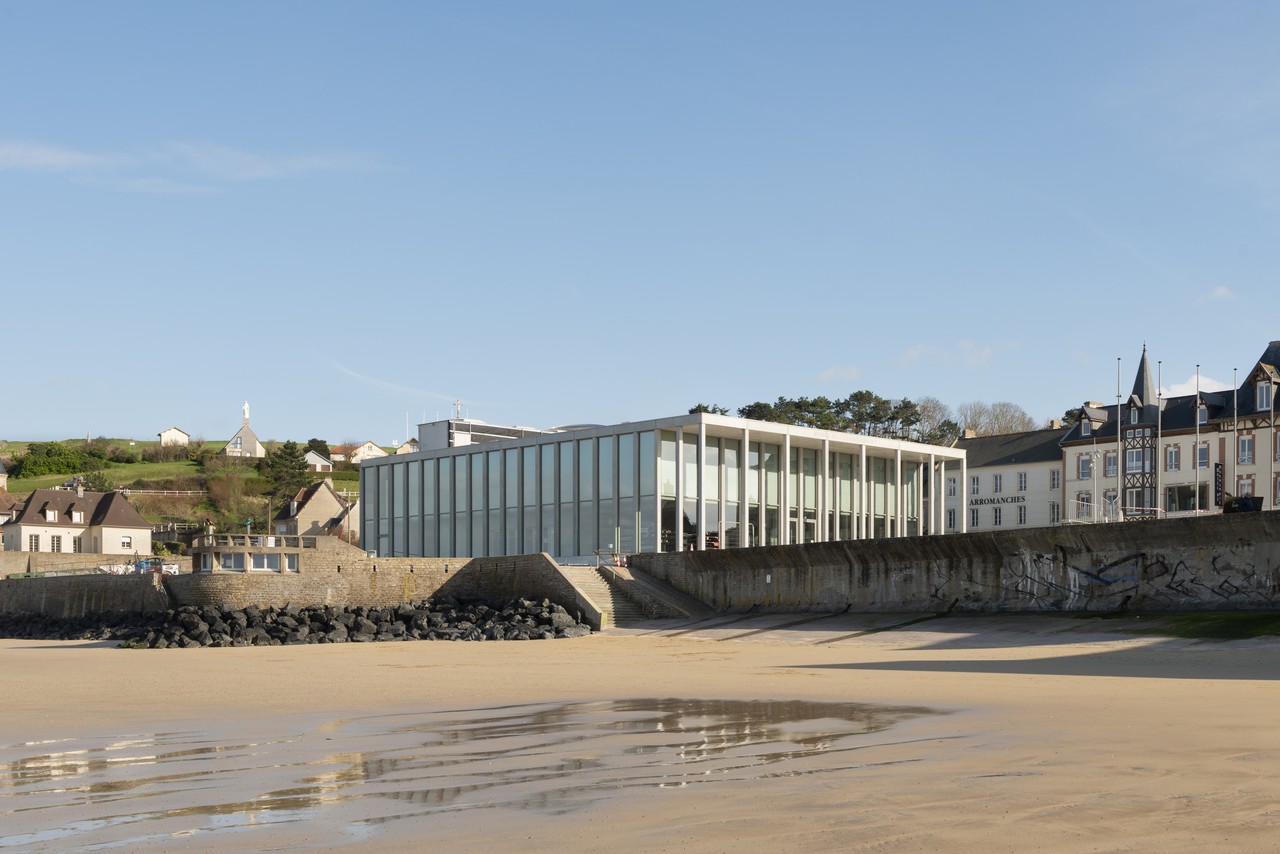Wiederstandnest 43 (WN43)
Francja
Oznacz
Plan
Udostępnij
Trasa
Wiederstandnest 43 (WN43) was a Resistance Nest that sat on the sea front of the town of Arromanches-les-Bains. Wiederstandnests formed the Atlantic Wall which was Nazi Germanys defensive line aimed at stopping any seaborne invasion onto the continent of northwest Europe.
On 23 March 1942, Adolf Hitler issued Fuhrer Directive No. 40 which was the order for the creation of an Atlantic Wall. 6,200km of coastline needed to be defended. They used slave labour, such as Organisation Todt, and conscripted workers to build hundreds of defensive positions.
WN43 is located on the seafront of the town of Arromanches-les-Bains. Here, the position was manned by the Wehrmacht (army) I./ Grenadier Regiment 916, 352 Infantry Division.
The Atlantic Wall defences in the town were light as they were connected to the stronger defensive positions of WN42 located to the east, and WN44 located to the west.
The beach front was narrow and in 1942 the access to the beach was blocked by a 60m long Panzermauer (Anti-Tank Wall). This included multiple concrete positions that allowed them to fire down onto the beach area and promenade. This was all surrounded with barbed wire to add further defences. Within a large concrete ringstand was a 50mm cannon that could be turned 360 degrees. This was located to the western side of the square that protrudes out into the beach area in front of where the Hotel la Marine is now found.
A total of eight fixed Flammenverfer (Flame Throwers) were set out along the promenade area with a further two that were mobile and could be positioned around the town.
On 6 June 1944, one final position was still under construction. This was a R667 concrete casemate that would have overlooked the beaches where the museum now stands. Even as the Allies approached the undertaking of Operation Overlord, the German Atlantic Wall was far from complete.
Only a few visible remains of the concrete defences that made up WN43 are left. There are two concrete emplacements along the promenade path that leads west from the front of the museum down to the far end of the beach.









